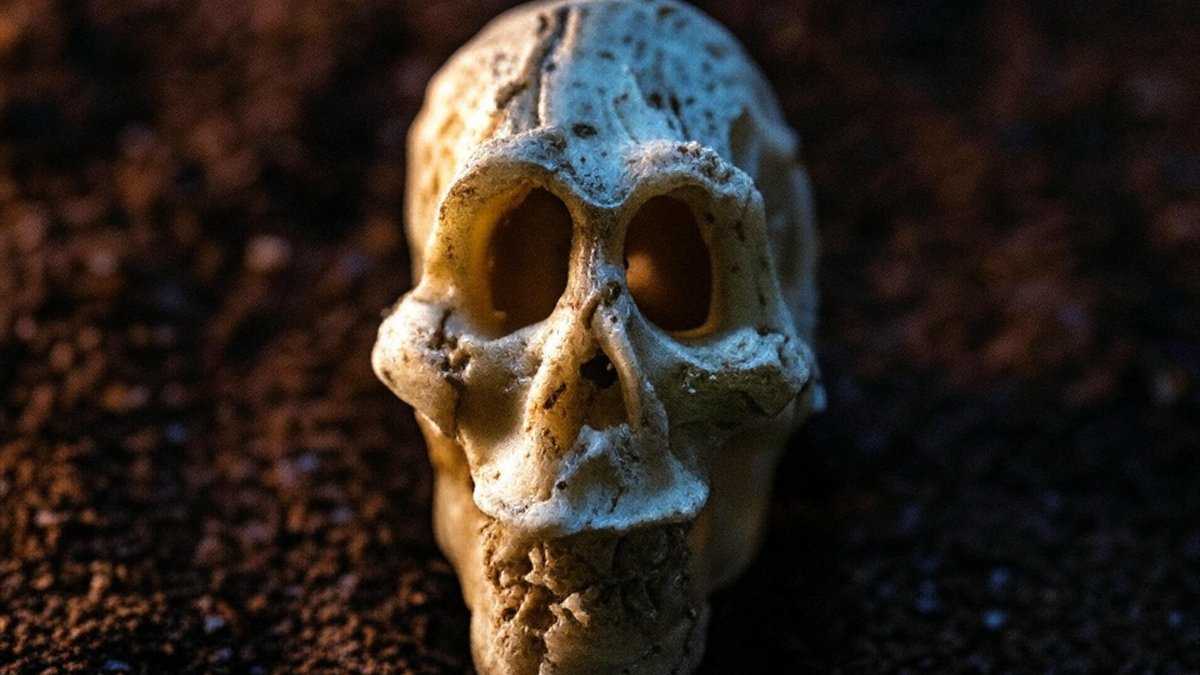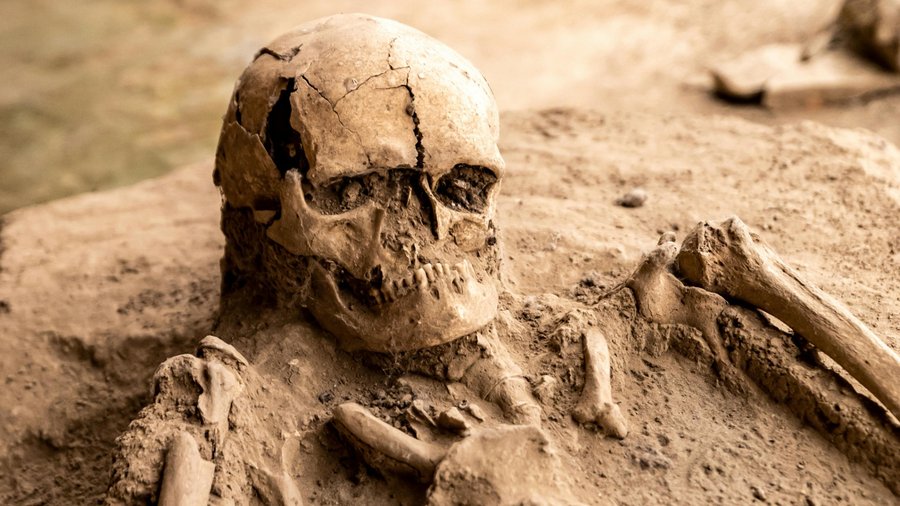Truth & Goodness
4,000 Space Mirrors Could Light Up Earth. Is It Day or Disaster?
04 December 2025

The discovery of a 140,000-year-old child's remains in Skhul Cave, Israel, has sent shockwaves through the scientific world. Research suggests that it was the oldest human hybrid, combining features of both Neanderthals and Homo sapiens. This finding gives scientists more insight into the beginnings of human burials and the interbreeding of human species.
Over 100,000 years ago, people in the Middle East began burying their dead, marking a breakthrough in their behaviors. Recent research indicates that one of the oldest graves contains the remains of the oldest human hybrid. This discovery changes our understanding of evolution and the relationships between human species.
The remains most likely belonged to a girl aged 3-5 years. They were found in Skhul Cave in Israel. Initially, they were thought to belong to an early Homo sapiens, but new studies challenge this theory. The oldest human hybrid is a controversial topic, and its study has raised many new questions.
“The combination of skull and jaw features suggests that the child might be the oldest human hybrid,” says Anne Dambricourt Malassé, the study’s author, in an interview with IFLScience.
Scientists used computed tomography to examine the child’s skull and jaw. It turned out that the skull resembled Homo sapiens, but the jaw had Neanderthal features, such as a rounded dental arch. This unusual combination of traits surprised the researchers.
Read more: Humanity Encounters Intelligent Extraterrestrial Life: What Happens Next?

The oldest human hybrid was found in a cave in the region known as the Levant, which is present-day Israel, where various human groups lived. Remains found there from caves such as Tabun, Qafzeh, and Nesher Ramla indicate genetic diversity.
“In the Levant, various Homo groups interacted, but what were their specific lineages?” asks Dambricourt Malassé.
Research suggests that the Skhul child cannot be assigned to either Homo sapiens or Neanderthals. Scientists propose the term “paleodemat” for such remains. This proves that during the Middle Paleolithic, human populations were biologically and culturally diverse.
Burials in the Levant are one of the earliest manifestations of spirituality and abstract thinking. The study’s authors write that, contrary to earlier assumptions, the oldest burial practices were not exclusively the domain of Homo sapiens. The oldest human hybrid from Skhul Cave suggests that various human groups jointly developed these customs.
Scientists are considering various hypotheses. One suggests an “unknown group” of people in the Levant who might have evolved similarly to Neanderthals. This could be the oldest human hybrid discovered in this region.
“Perhaps Neanderthal fossils from this period have not yet been discovered,” suggests Dambricourt Malassé.
Another possibility is the existence of a local population that interbred with newcomers of the Homo sapiens species. The discovery of the oldest human hybrid demonstrates the complex prehistoric history of humanity. The mixing of species, shared burial customs, and genetic diversity indicate that the Levant was a melting pot of cultures and biology.
See also: There are things in the laboratory that philosophers have never dreamed of
The discovery of the oldest human hybrid in Skhul Cave reveals the complexity of human prehistory. The intermingling of species, shared burial customs, and genetic diversity indicate that the Levant was a melting pot of cultures and biology.
“This child is a key to understanding emotions and symbolism in the Paleolithic,” the study’s authors assert.
Despite the research conducted, the oldest human hybrid still raises more questions than answers. Who were the adults who buried this child? Did an unknown human species exist in the Levant? These riddles await answers, and each new discovery brings us closer to unraveling the mysteries of our past.